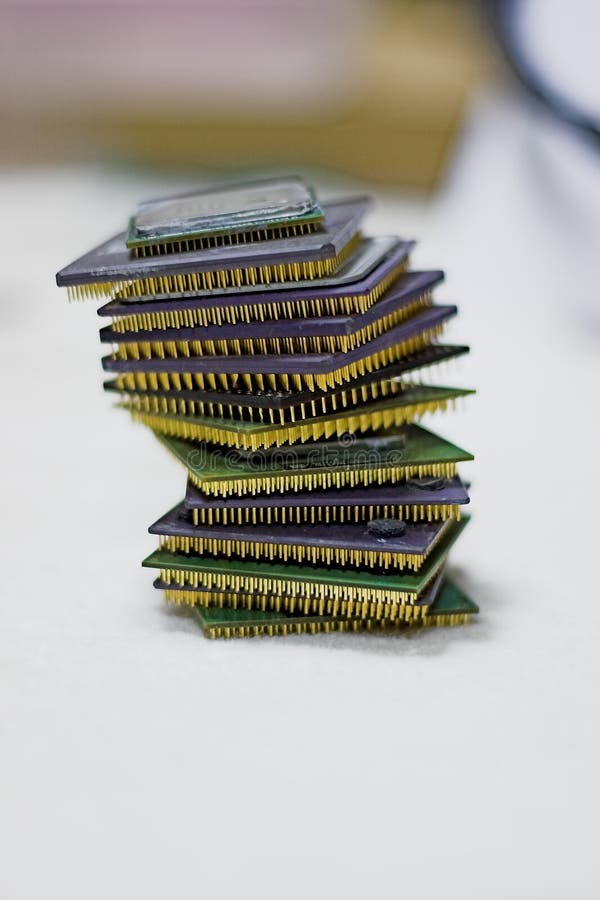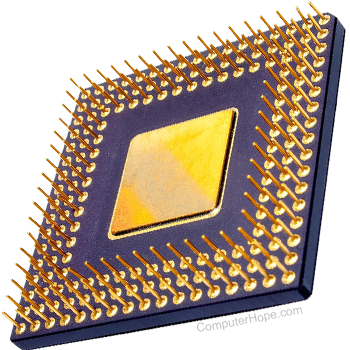
What is a CPU?
The CPU, or Central Processing Unit, is like the brain of a computer. It processes instructions and performs calculations that make programs and applications work. It takes input from various sources, processes it, and then gives output to other parts of the computer. Essentially, the CPU handles the core tasks and operations that keep your computer running smoothly.
Back Home
How does a CPU work?
A CPU works by following a series of steps to execute instructions. First, it fetches an instruction from memory. Then, it decodes what the instruction means. After that, it performs the required operation, such as a calculation or data transfer. Finally, it stores the result and moves on to the next instruction. This cycle happens very quickly, allowing the computer to run smoothly.

What are the parts of a CPU?
A CPU is made up of several key parts: the control unit, the arithmetic logic unit (ALU), and the registers. The control unit directs the operation of the CPU by fetching and decoding instructions. The ALU performs mathematical and logical operations. Registers are small storage locations within the CPU that hold data and instructions temporarily. Together, these parts work to process information and execute tasks.

How has the CPU changed over time?
CPUs have evolved significantly over the years. Early CPUs were simple and slow, but modern CPUs are much faster and more powerful. They have more cores, which means they can handle multiple tasks at once. Improvements in technology have also made CPUs more efficient, smaller, and capable of performing more complex operations. Each generation of CPUs brings better performance and more advanced features.
Recap
What is a CPU?
The CPU is the brain of a computer, handling instructions and operations.
How does a CPU work?
It fetches, decodes, executes instructions, and stores results quickly.
What are the parts of a CPU?
Key parts include the control unit, ALU, and registers.
How has the CPU changed?
CPUs have become faster, more powerful, and more efficient over time.